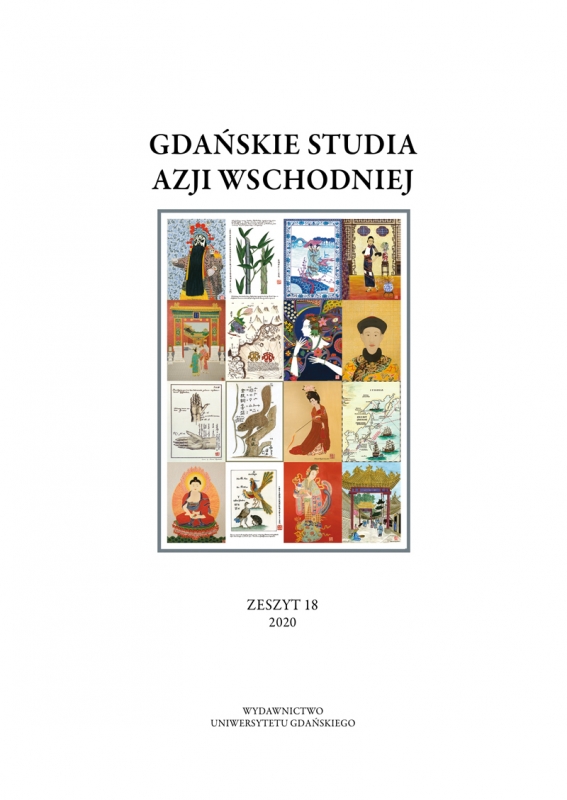Taniec w kajdanach: chińska cenzura filmowa w latach 1949–1966
Abstrakt
After the proclamation of the People’s Republic of China in 1949, and the subsequent nationalization of the domestic film industry three years later, the Chinese Communist Party gained unlimited control over the entire Chinese film world, while film itself became an instrument of state propaganda. In order to fulfill their role ‘in the service of workers, peasants, and soldiers’, filmmakers had to abide strictly by the requirements which the CPC had imposed upon them, and subject themselves to a rigorous film censorship system. Artistic independence and freedom were subject to the political needs of a one-party state and its ideology. The establishment of a full-fledged and extremely complex institutional censorship system in 1953 resulted in the emergence of two distinct phenomena: self-censorship and social censorship. Both of these made it possible for the CPC to gain full control not only over the film industry, but also, in certain aspects, over the minds of filmmakers as well as the audiences. This article aims at revealing the mechanisms of the Chinese censorship system in the period stretching from 1949 to 1966, and to elucidate the disastrous effects which these exceedingly rigorous control mechanisms brought upon the Chinese film industry in general in this turbulent era.

 Uniwersyteckie Czasopisma Naukowe
Uniwersyteckie Czasopisma Naukowe





